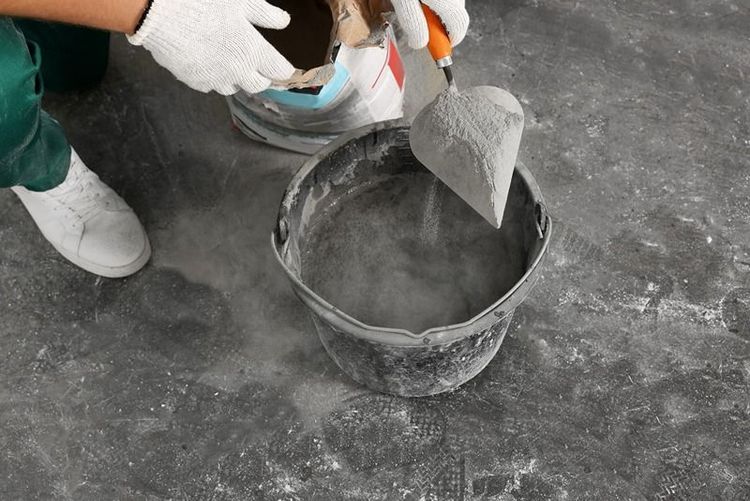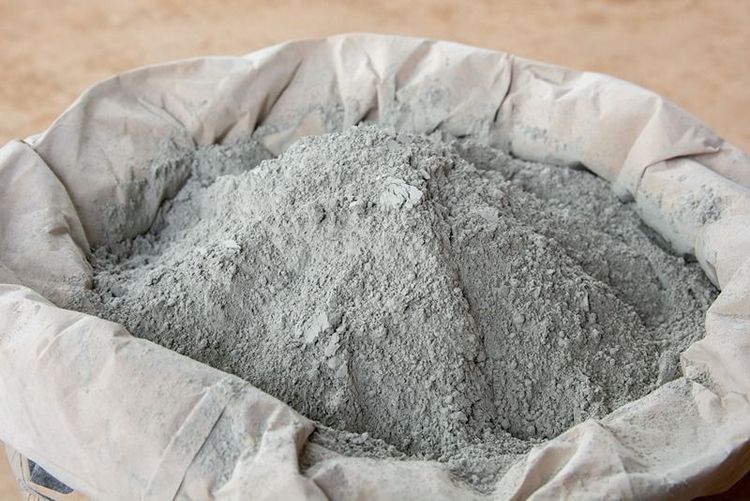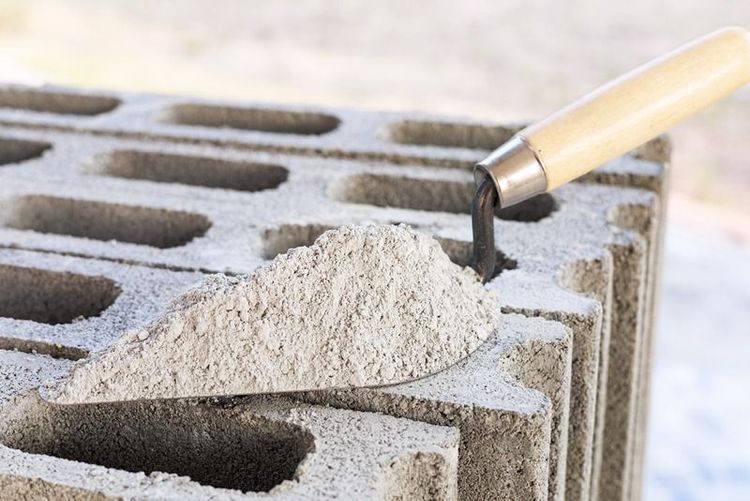Cement is a crucial material in construction, used to bind various elements together in concrete and mortar. Although different types of cement share common components, their chemical properties can vary, which affects how they perform in different construction environments. Understanding these chemical properties is important for choosing the right type of cement for specific construction projects. Let’s explore the chemical properties of common types of cement and how they influence construction.
1. Ordinary Portland Cement (OPC)
Chemical composition:
Calcium oxide (CaO): 60-67%
Silicon dioxide (SiO₂): 17-25%
Aluminium oxide (Al₂O₃): 3-8%
Iron oxide (Fe₂O₃): 0.5-6%
Magnesium oxide (MgO): 0.1-4%
Sulphur trioxide (SO₃): 1-3%
Effect on construction:
Strength: OPC provides high initial strength, making it ideal for fast-paced construction projects like roads and bridges.
Setting time: due to its high calcium oxide content, OPC sets and hardens quickly, though it may be prone to cracking due to rapid hydration.
Versatility: OPC is widely used in various construction projects, from residential to commercial buildings.
2. Portland Pozzolana Cement (PPC)
Chemical composition:
Contains the same base components as OPC, with added pozzolanic materials like fly ash, volcanic ash, or silica fumes (15-35%).
Effect on construction:
Durability: the pozzolanic materials react with calcium hydroxide, improving durability and making PPC more resistant to chemical attacks. This is useful in structures exposed to water or chemicals, like dams or marine structures.
Workability: PPC has finer particles, improving workability, which is advantageous in plastering or finishing works.
Lower heat of hydration: PPC generates less heat during curing, reducing the risk of cracks in large concrete structures such as dams and bridges.







 +91 7208055523
+91 7208055523
 Help & support
Help & support
